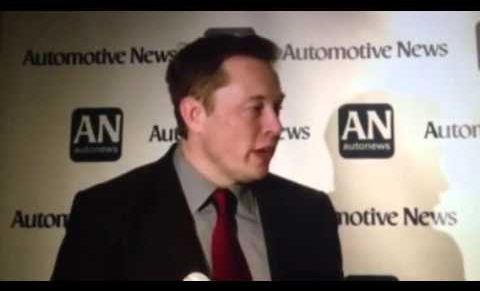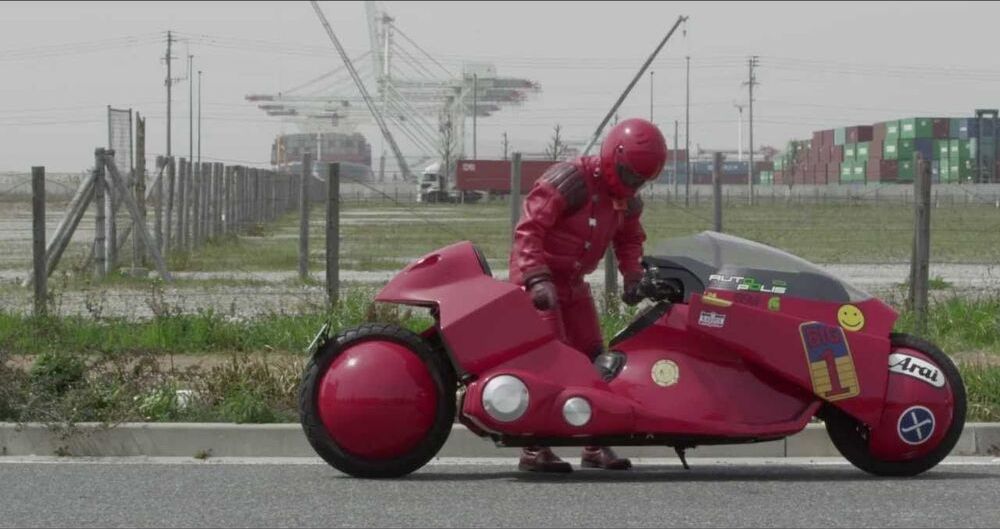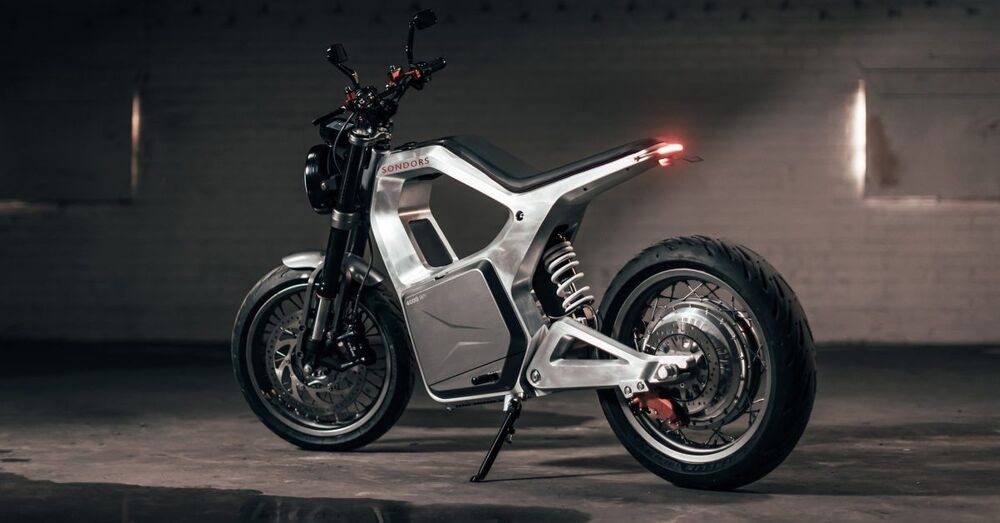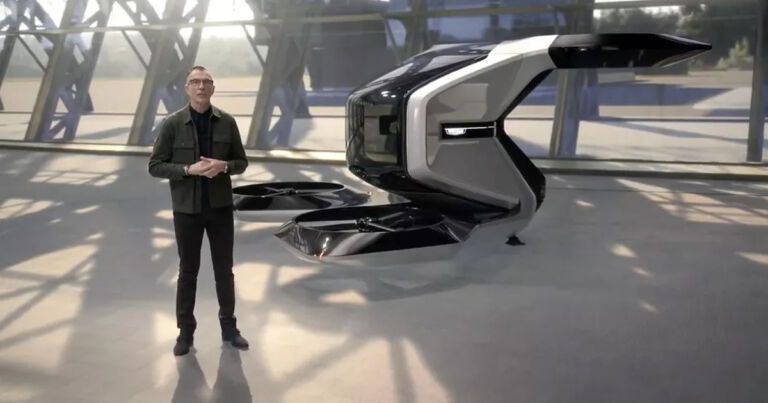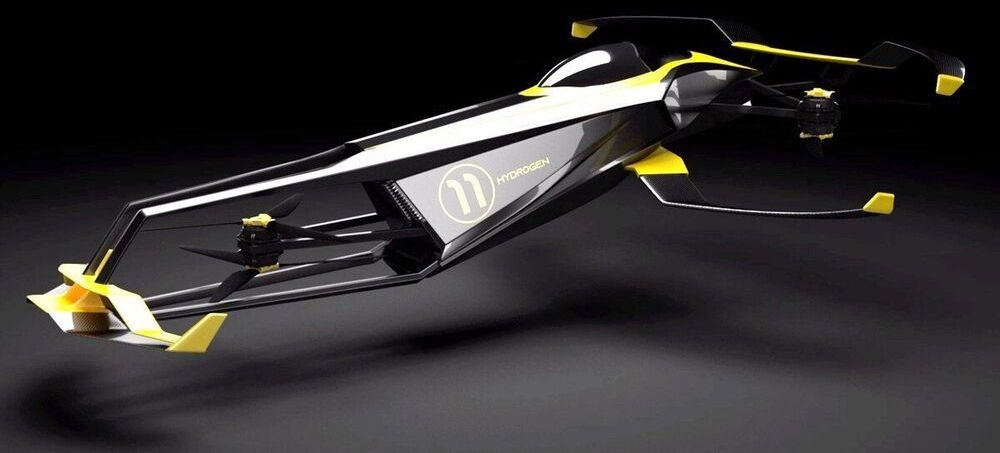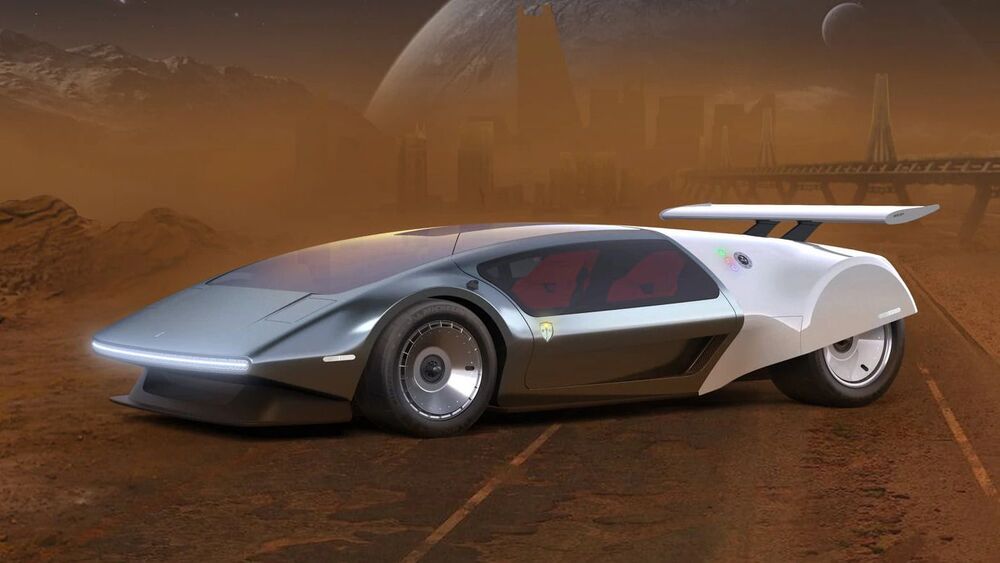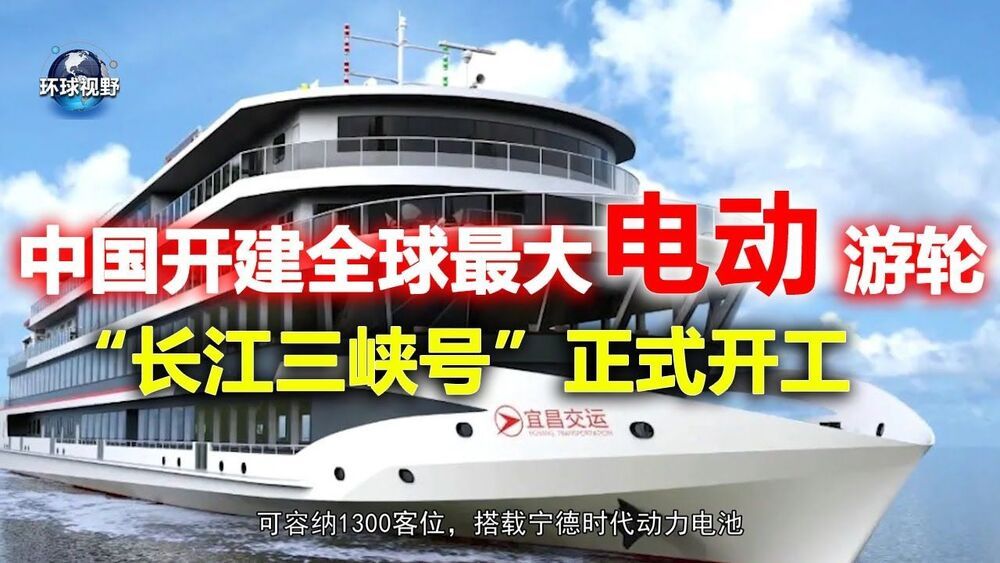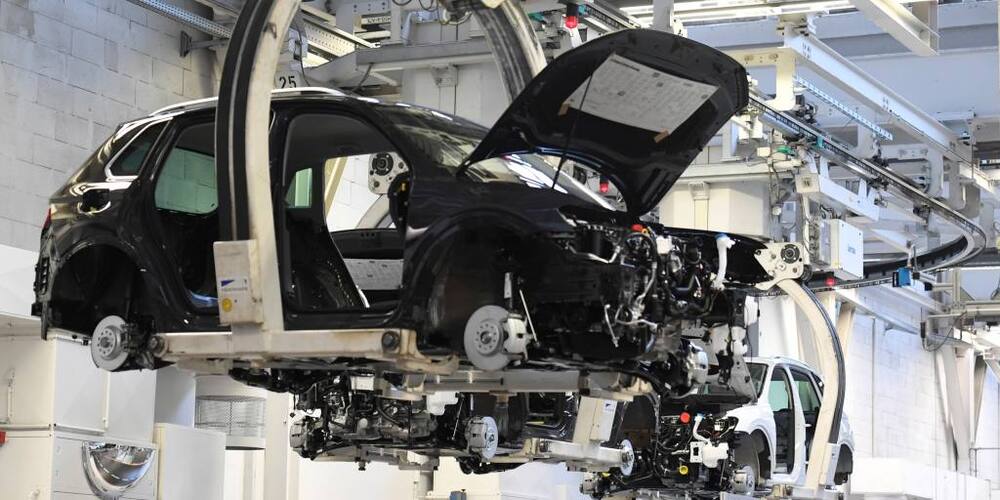One of electric aviation’s greatest challenges (beyond safety certification) is mass production. Designing a working prototype is now table stakes in this industry. As Tesla found out, heavy manufacturing at scale can easily bankrupt even the most well-funded companies.
To solve this problem, Archer turned to Fiat Chrysler Automobiles (FCA), which produces about 4 million cars per year at its 100 manufacturing facilities and 40 R&D centers. FCA described it as a mutually beneficial arrangement: It gains experience electrifying vehicles (where it lags behind), and Archer gains access to low-cost manufacturing expertise. FCA already helped design the aircraft’s cockpit and will allow the production of “thousands of aircraft” per year, according to a company spokesperson. The first aircraft is scheduled to be revealed in early 2021 with the first public flights in 2024.
Delays are likely given the complexity of launching, literally, a new vehicle. But the announcement fulfills the initial prediction made last year by John Hansman, director of MIT’s International Center for Air Transportation: “You’ve seen some shakeup in electric aviation, but also see it get closer to reality” in 2020, he said. “It’s clear there will be the emergence of a new class of electric airplanes. In 2021, you’ll see hybrid and battery aircraft in service or close to being in service.”
